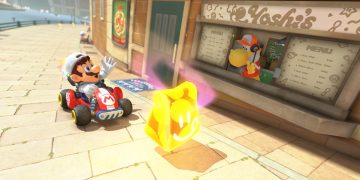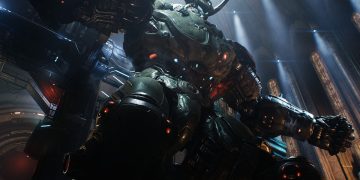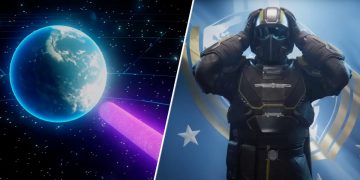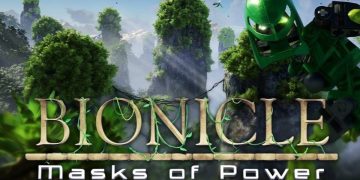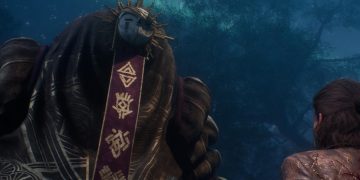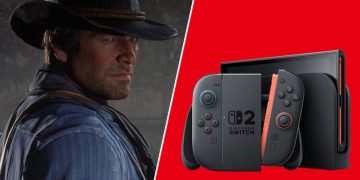Indiana Jones has always had that special something. It goes beyond the obvious aspects like its storylines, the iconic hero, or the memorable score. It’s in the way the films were shot, the detail in the choreography, the ambiance. These subtle elements have endeared the series to audiences and made it timeless. Replicating that magic in a video game, though, is no small feat.
MachineGames, developer of “Indiana Jones and the Great Circle,” faced the daunting task of weaving together a cutting-edge video game with the nostalgic allure of the films. It demanded a delicate mix of creating a compelling game that also mirrors the movies’ cinematic essence.
Talking to several developers at MachineGames, it’s intriguing to see how they combined modern game design with filmmaking traditions to strike the perfect chord that they’ve been aiming for.
One standout example of their thorough approach comes from a seemingly minor scene.
In ‘Indiana Jones and the Raiders of the Lost Ark’, there’s this famous scene—a joke that stands among cinema’s most iconic. The crowd disperses, revealing Indy against a formidable swordsman. With flamboyant moves, the swordsman flaunts his scimitar, promising an intense showdown. Instead, Indy, in his classic style, pulls out a gun and ends the threat with a single shot—a fight turned into a comedic punchline. Perfectly cinematic.
Now, this kind of scene doesn’t typically translate well into gaming. It’s the beginning of what should be a full-fledged boss battle, complete with complex attack patterns and multiple health bars. Surprisingly, this scene, initially a challenge, became part of MachineGames’ solution.
“That scene exemplifies the kind of humor prevalent in classic Indy films—it’s priceless!” says Creative Director Axel Torvenius. “It inspired us greatly. While ensuring engaging and rewarding combat encounters was crucial, maintaining that Indy-humor was equally essential.”
Expanding on this shows just how far MachineGames went to capture the film’s essence, even when adapting it to a medium where it isn’t naturally suited. And this is just scratching the surface.
From a visual perspective, the developers aimed to nail the ’80s cinematic feel right from the start. “There was never any intention to alter Indiana Jones’ look or feel. Our main goal was to remain faithful to the style of ‘Raiders of the Lost Ark’,” Torvenius notes.
Their research delved deep, studying early films not just for their narrative tone but for technical components. They questioned everything: from color palettes and film grading to sound effect techniques and stunt work. Their challenge was to carry these methodologies not just into a modern context but a whole different medium.
There are fascinating stories here. The team inspected how original film sets were built and translated these methods into game locations. “The challenge in games is maintaining the illusion, as players can essentially go ‘backstage.’ By knowing player paths, we heightened scene settings at key points,” Torvenius explains.
For controlled cutscenes, they pushed further, employing a Director of Photography during motion capture to ensure the right cinematic movements were captured and translated seamlessly into the game engine.
Sound design was as crucial as visuals to the Indiana Jones experience. Audio Director Pete Ward describes their method: “We re-watched all the films to deconstruct and identify the key sound elements needed to bring the Indiana Jones vibe into our game.”
Ward’s team embarked on unexpected adventures to ensure authenticity, opting to recreate iconic sounds rather than reuse them, even employing some original techniques from over four decades past.
The music also needed careful attention, so MachineGames enlisted composer Gordy Haab, known for translating John Williams-esque scores into new compositions. This endeavor extended to recording in Abbey Road Studios, discovering only later the serendipitous inclusion of musicians from the original sessions.
Then, there’s the narrative aspect. While visuals and audio drew from the past, the story had to forge its unique path. Lead Narrative Designer Tommy Tordsson Björk explains their extensive research into the Indiana Jones lore, not just to engage but to connect various storylines.
Reflecting that commitment, everything in the game, from period-accurate language to plot intricacies, embodies both the Indiana Jones charm and a faithful depiction of its 1930s setting—an approach aided by MachineGames’ history with established franchises.
And finally, it all boils down to capturing the cinematic thrill in an interactive format, demanding a balance of game dynamics with filmic performance—whether through intense motion capture or considering each combat move’s weight and impact, mirroring the films’ feel.
Cramming all this thought into gameplay reflects their dedication to what makes Indiana Jones so beloved—its humor, its action, and the approachable yet intense puzzles, all contributing to a game that doesn’t just follow in the footsteps of its cinematic counterparts but confidently marches alongside them.
“Indiana Jones and the Great Circle” arrives on Xbox Series X|S, Windows PC (via Game Pass), and Steam on December 9. For eager fans, Premium and Collector’s Editions offer early access beginning December 6.

